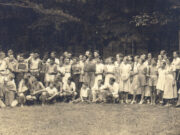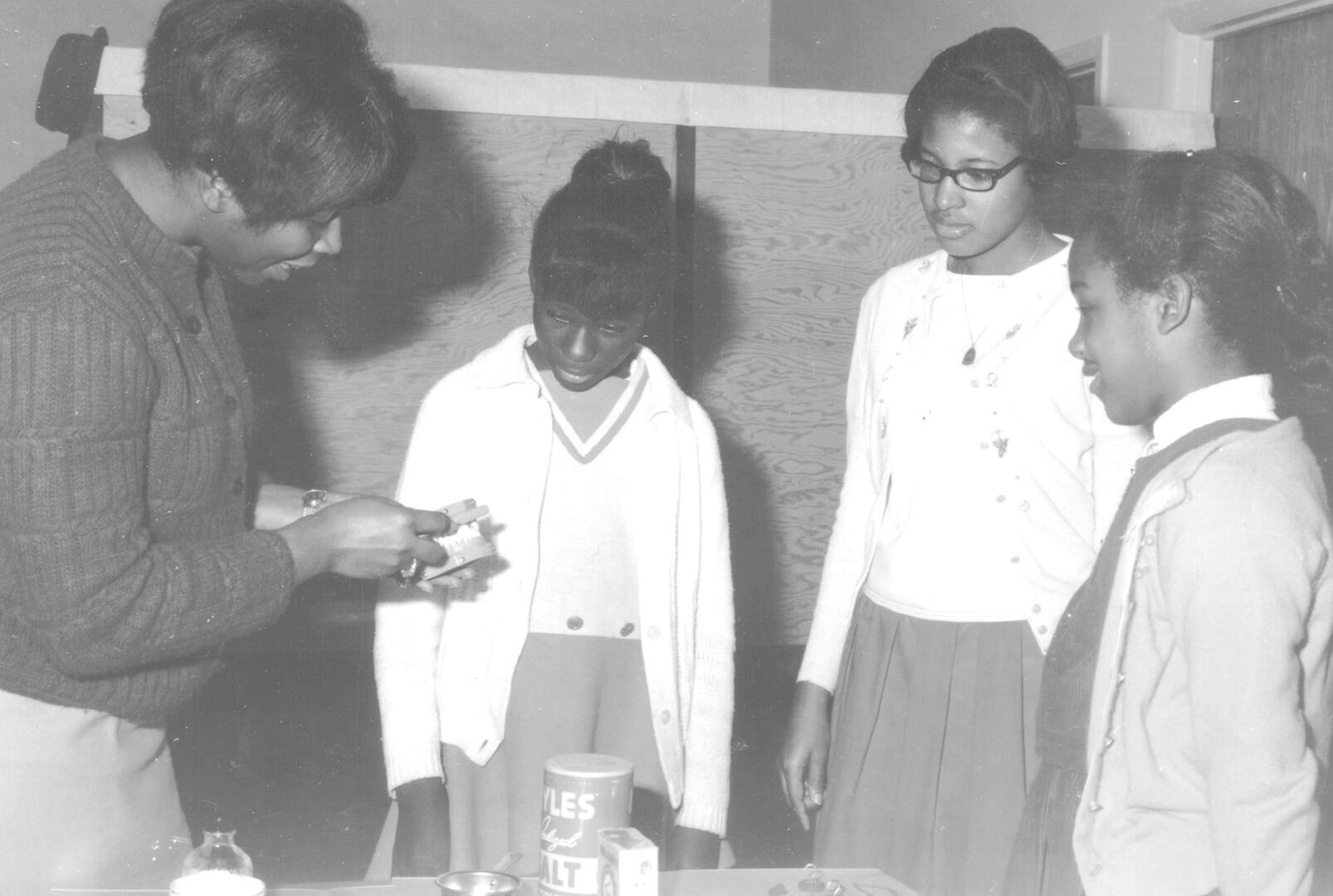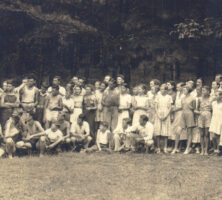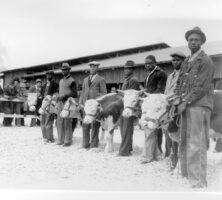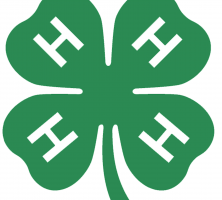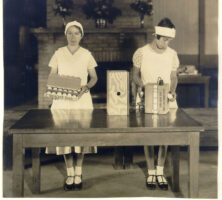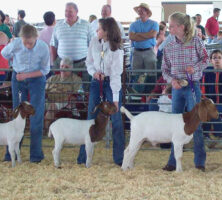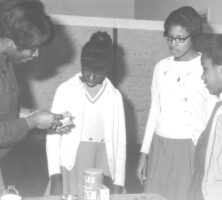Georgia 4-H is the primary youth development and outreach program of the University of Georgia (UGA). Its purpose is to assist youth in gaining knowledge, developing life skills, and forming attitudes that will shape them into independent, productive, and contributing members of society. This mission is accomplished through hands-on learning experiences focused on citizenship, communication, leadership, agriculture, environment, and family and consumer sciences. The four “H’s” stand for Head, Heart, Hands, and Health.
History
In 1904 George Claude Adams, the Newton County school superintendent, created a “Corn Club” to engage youth in new farming technologies and interest them in crops other than cotton. Out of this organization grew more clubs, including corn, chicken, and cotton clubs for boys and tomato, garden, and canning clubs for girls. Similar clubs began springing up in other states; Georgia was one of the first to use a three-leaf clover as a symbol for “Head, Heart, and Hands.” A fourth leaf was soon added, which stood at first for “Hustle” and later for “Health.”
The 1914 Smith-Lever Act, which created cooperative extension services at land-grant universities, established the UGA Cooperative Extension Service and designated 4-H as its youth program. 4-H’ers learned and competed through “demonstrations,” during which they gave presentations on their projects and displayed the results. As the club spread to include youth in urban areas, it added projects to meet new interests, including fashion, engineering, and food and nutrition. County-level winners headed to district competitions, and district winners competed at the State 4-H Congress.
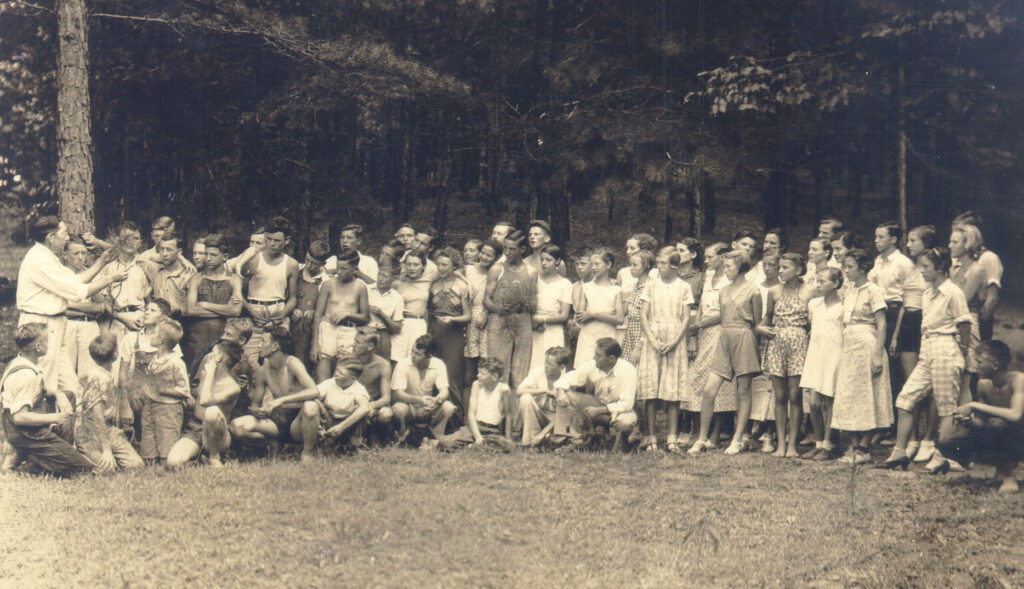
Courtesy of Georgia 4-H
Georgia 4-H was racially segregated until 1967. Until that time, the African American 4-H organization, based at Savannah State College (later Savannah State University), held state events at the Dublin 4-H center. In 1967 the Black extension staff was transferred from Savannah State to Fort Valley State College (later Fort Valley State University). Today, Fort Valley State University and the University of Georgia in Athens conduct 4-H programs. At the time of integration, African American 4-H’ers made up about one-third of the club’s membership; today, approximately 45 percent of 4-H members are minorities.
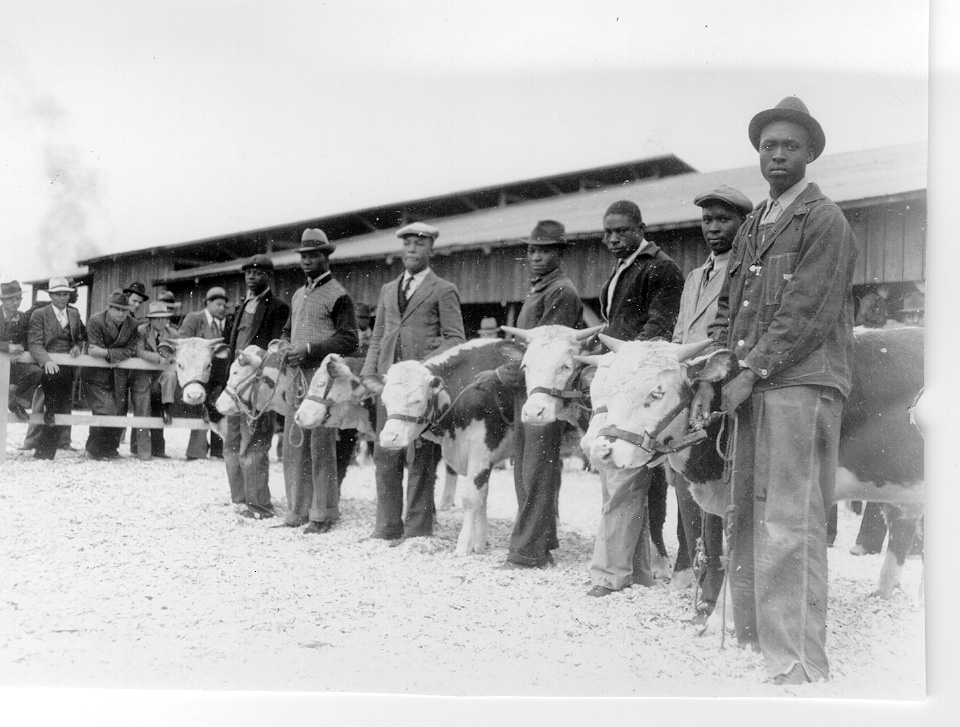
Courtesy of Georgia 4-H
In 1979 the Georgia 4-H developed an Environmental Education Program at the Rock Eagle 4-H center in Eatonton. The two-part, nonprofit program uses the outdoors as a dynamic living laboratory for academic study and consists of a day-use component for children in prekindergarten through second grade, and a larger residential program for grades three through eight. In 1989 a natural history museum was built at the Rock Eagle center. Since the program’s inception, it has expanded to five other 4-H centers at Jekyll Island, Tybee Island, Hampton, and Dahlonega.
Georgia 4-H Today
In 2017 Georgia 4-H had nearly 170,000 members in grades five through twelve. The club is partnered with the public school system and is open to any person regardless of race, color, national origin, gender, or disability. The organization now sponsors more than fifty 4-H programs including computers, photography, ocean ecology, livestock judging, horse shows, consumer judging, and the traveling performance group Clovers and Company.
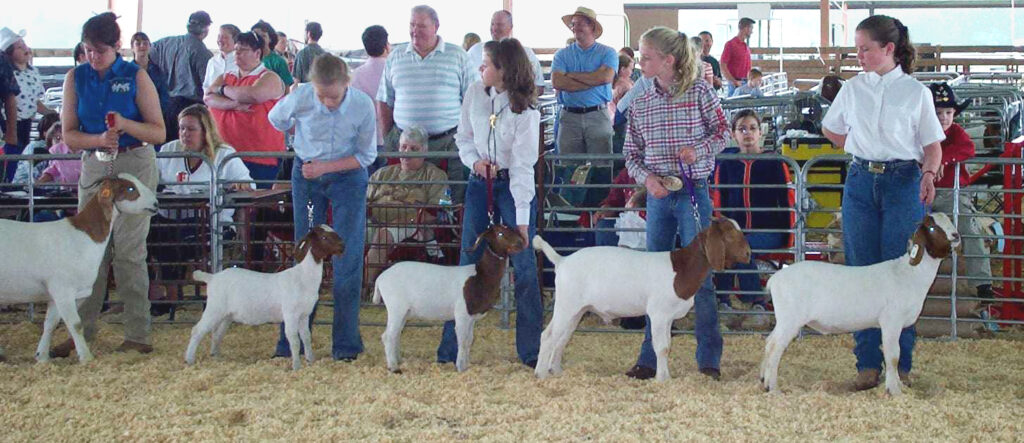
Courtesy of Georgia 4-H
The six 4-H centers around the state host events and summer camps. Rock Eagle in Eatonton is the largest 4-H center in the nation. The Burton, Camp Jekyll, and Tidelands 4-H centers are located on the coast, Wahsega 4-H center is north of Dahlonega, and Fortson 4-H center is south of Atlanta in Hampton. The Environmental Education Program has grown into the largest in the nation, serving more than 43,000 students annually.
Georgia 4-H clubs are active in every county in the state. There are no dues or uniforms. Officers are elected on the club, county, district, and state levels. The 4-H pledge is: “I pledge: my head to clearer thinking; my heart to greater loyalty; my hands to larger service; my health to better living; for my club, my community, my country and my world.” The 4-H motto is “To make the best better,” and the 4-H slogan is “Learn by doing.” From its beginning as a group that encouraged the development of agricultural skills, 4-H has grown into a complex organization providing education in a variety of areas dedicated to the betterment of Georgia’s youth.
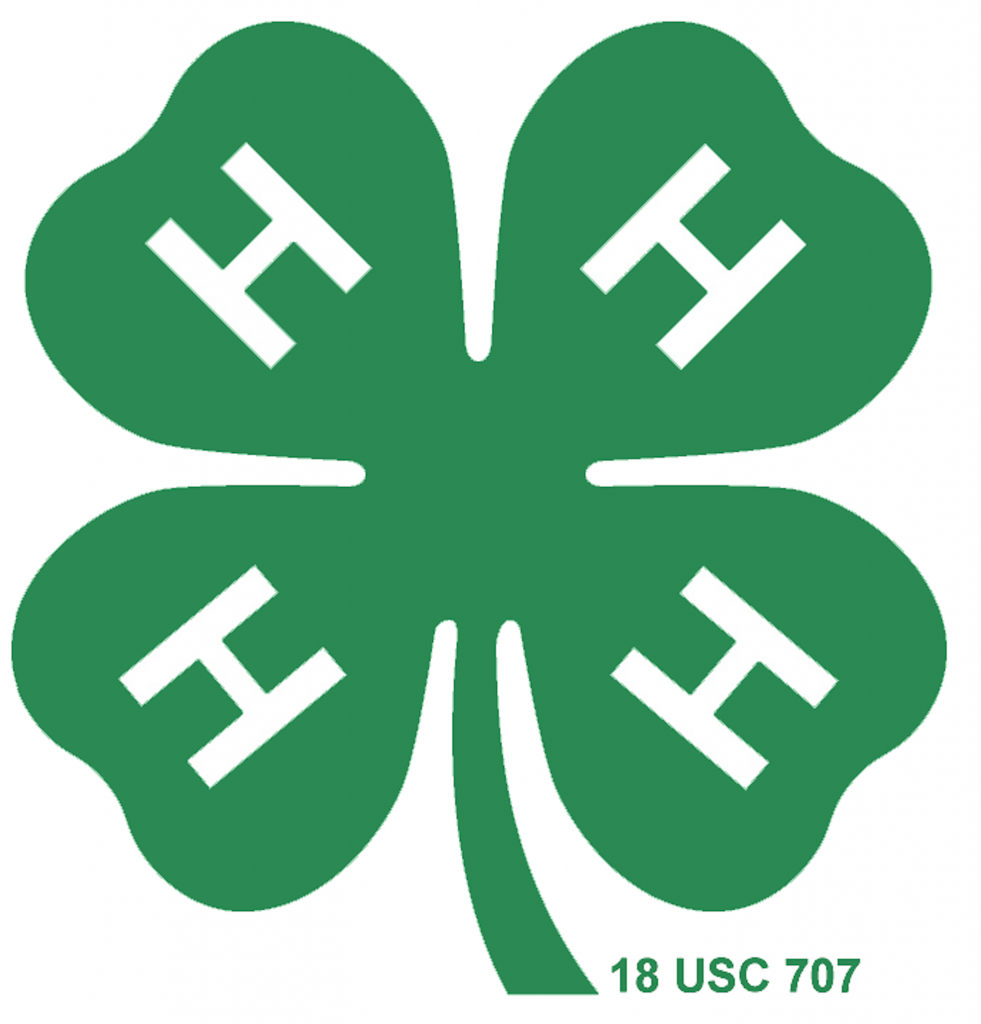
Courtesy of Georgia 4-H


